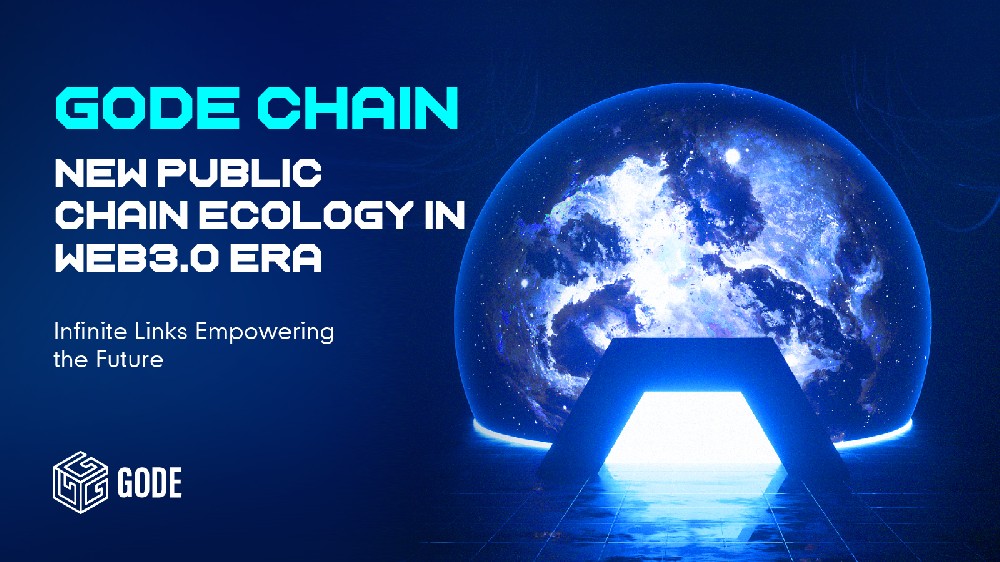Update 2022/10/19
Full Node-Three-Tier Governance-DAO A self-revolution of the market
Bull Market vs Bear Market
In a bull market, the utility of "full node governance" is not significant, because there are many opportunities in the bull market, and there are many opportunities to make money; three-tier governance born since that in a bear market, mainstream coins have no opportunity to make money, and the market needs an organizational framework, a platform of its own.
Super nodes, full nodes, and light nodes take into account the interests of all levels of the company, such as the interests of shareholders, supervisors, and employees. Since each person has different strengths and map different groups of people, they need a platform that matches their own.
For example, Binance has an 11-member committee and completes control of all 21 nodes. They have enough money and resources, so their need for sinking governance is not urgent. However, other project parties in the bear market are not platforms that enjoy the top-level resources. Therefore, they need to use the power of the community 。The 21 super nodes are shareholders, and they are also "full nodes" and "light nodes" from the masses.
The super nodes representing the "shareholder tier" have the right to decide, they produce blocks, and they are originally part of the chain.
A mature "full node" framework and open source public chain and governance model are not just marketing and empty talk. We have solid technical support and can be falsified through code auditing.
The three-tier governance DAO of "full node" governance is a bottom-up organizational structure. It can move from top to bottom in a flexible way: it comes from the masses and goes back to the masses.
It is a free-flowing structure that can be flexibly moved up and down through the three-tier governance DAO:
"Bottom-up", the masses supervise the light nodes; (director)
Light nodes supervise full nodes; (manager)
The full node supervises the super node; (shareholder)
It formally inherits the classic three-tier governance of the market, but its core guarantees equality for everyone. It has relational levels but breaks through the shackles of levels. It is a typical self-revolution of the market.
This architecture itself is the embodiment of the concept of DAO, and it is also one of the core driving forces of the charm of Web3: there must be conceptual support and technical support at the same time to ensure its stability.
"Top-down" governance to lead decentralization:
The super nodes lead the full nodes;
The full nodes lead the light nodes;
Light nodes lead the masses.
This structure is decentralised in the true sense, but also takes into account how to lead it. Under the blockchain technology framework of the GODE public chain ecology, the contradiction of this organizational structure is unified.
From the analysis of the psychological needs of the market: the blockchain was originally developed by people who have no sense of existence in the market, and the blockchain provides a channel from the bottom up to the public; in fact, the blockchain is not only a channel for people to enter the upper class, It also makes a lot of people make money.
The probability of making a lot of money through this channel every year is obvious;
When it comes to comparing advantages with traditional, relationships are one thing, but capabilities are actually more important.
From top to bottom, the blockchain world is more dependent on capabilities. Relationships are useful, but not decisive, competence is decisive. The real blockchain is determined by your abilities, not by relationships.
When you become a full node through the ability, it will be entered into the block, entered into the consensus, but through a certain relationship can not change anything.
In the real world, some people rely on relationships to go up and eventually come down because of their dependencies. This is the mainstream norm. This is divorced from the essence of doing business and aggravates social internal friction.
Blockchain, re-returns human society to the essence of things.
It will surely set off a great and lasting self-revolution of market governance and even human society.
The current state of blockchain: There are extremely complex concepts at present. Once a concept has been refined, whoever makes it first has a huge advantage.
Aie took the lead in proposing chain games and making them. This has achieved its market value of hundreds of billions of dollars. (concept) X (achievable) X (first implementation) = geometric multiplication efficiency
The three-tier governance DAO has been proposed one after another since 2019, but no one has fully implemented it from the market education of technology, products, and concepts.
Godechain's market law:
(The masses) Start mining by buying a computer;
(Light node) You need to buy a mining machine to dig the ore; When profits are generated, the demand for 5, 10, 100 mines emerges;
(Full node) The need for mining pools arises as the management needs of multiple mines emerge;
(Super Node) In the "public chain track", there are various kinds of public chain ecologies. There is not yet a stable, clear and loyal governance system that allows the masses to work from the bottom up.
However, Godechain is able to cover all levels of participants on the public chain, ensuring and giving a sense of security and belonging to all members.
